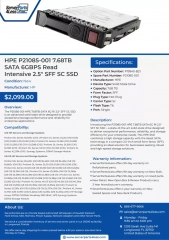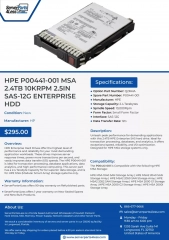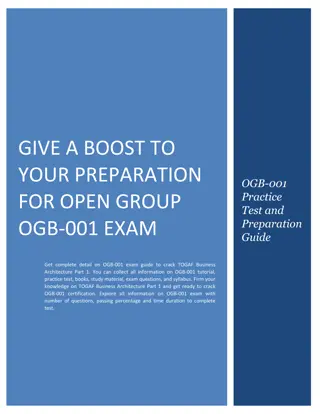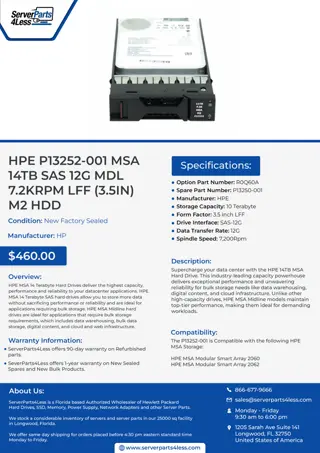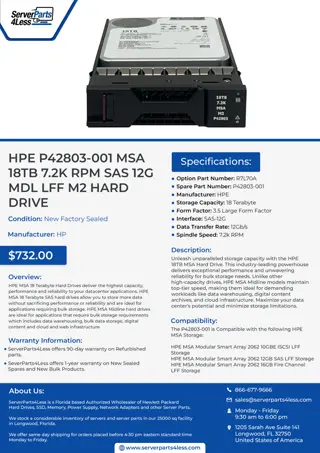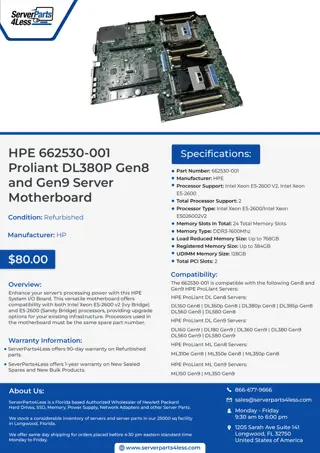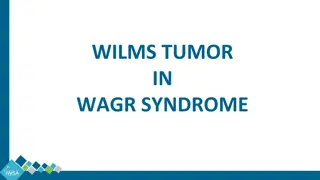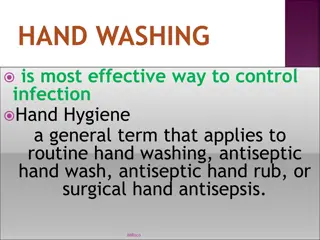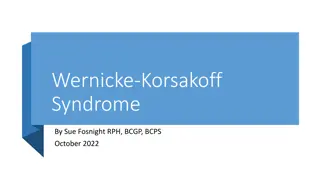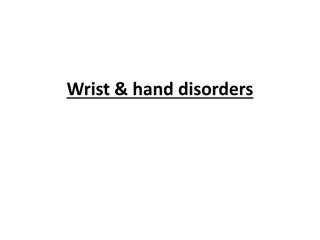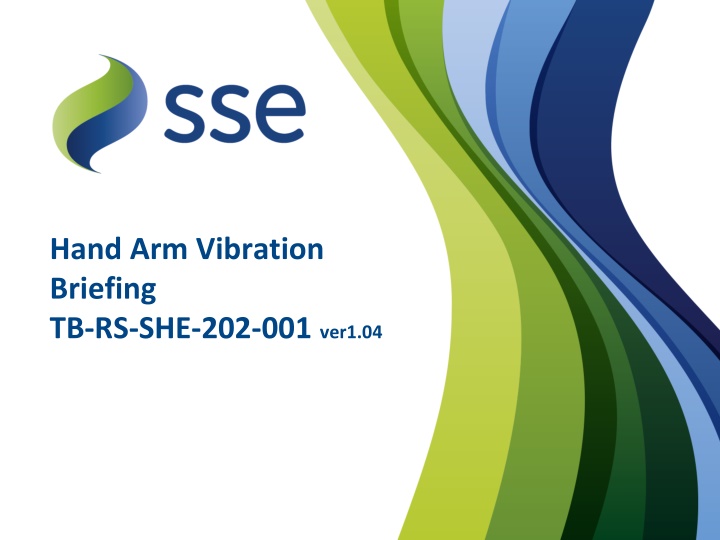
Hand-Arm Vibration Syndrome (HAVS) and its Risk Factors
Learn about Hand-Arm Vibration Syndrome (HAVS), its symptoms, risk factors, and how to comply with the law through risk assessment and control measures. Find out how to protect against permanent injury from regular exposure to high levels of vibration in work settings.
Uploaded on | 0 Views
Download Presentation

Please find below an Image/Link to download the presentation.
The content on the website is provided AS IS for your information and personal use only. It may not be sold, licensed, or shared on other websites without obtaining consent from the author. If you encounter any issues during the download, it is possible that the publisher has removed the file from their server.
You are allowed to download the files provided on this website for personal or commercial use, subject to the condition that they are used lawfully. All files are the property of their respective owners.
The content on the website is provided AS IS for your information and personal use only. It may not be sold, licensed, or shared on other websites without obtaining consent from the author.
E N D
Presentation Transcript
Hand Arm Vibration Briefing TB-RS-SHE-202-001 ver1.04
What is Hand Arm Vibration (HAV)? It is caused in industries associated with heavy or vibrating machinery Examples - road breakers, rock drills, hand held grinders, electric hammer drills etc. It is vibration transmitted into the hands It can lead to symptoms of Hand Arm Vibration Syndrome (HAVS) a serious and disabling condition
HAVS what are the symptoms? Loss of feeling in fingers Fingertips going white often triggered by cold or wet conditions Loss of body temperature in extremities Numbness and tingling Loss of grip or dexterity in your fingertips Painful wrist (Carpal Tunnel Syndrome)
HAVS when is it a risk? Regular and Frequent exposure to high levels of vibration can lead to permanent injury Damage can include the inability to do fine work Persons using power tools on a daily basis are most at risk Users with a family history of vascular disease are particularly at risk from HAVS
Control of Vibration at Work Must reduce vibration to as low as is reasonably practicable If exposure regularly exceeds Exposure Action Value (EAV) then specific action is required to keep it as low as possible Vibration must not exceed Exposure Limit Value (ELV) immediate remedial action required Regulations set the legal vibration exposure limits: the EAV is 100 points the ELV is 400 points Note: points refers to HSE s HAV Exposure points system
HAVS How to Comply with the Law 4 key areas of focus: Assess the Risk Manage the Risk - Eliminate, Reduce, Control Provide Information & Training Carry out health surveillance
HAVS Risk Assessment Assess who is at risk Assess the work carried out: Machinery/Equipment used Vibration magnitude of machinery/equipment used Time spent using the equipment trigger time (e.g. by observation) Assess the exposure o o o Guidance is detailed in business procedures for managing HAV risk further support is available from Group SHE Team
Health Surveillance Is mandatory for employees: Who are likely to be exposed to vibration above the exposure action value (EAV) Who are likely to be occasionally exposed above the EAV where risk assessment identifies frequency and severity of exposure may pose a risk to health Who have a diagnosis of HAVS even when exposed below the EAV
Health Surveillance - Reporting & Action Levels Stockholm Scale Employee can use vibrating tools? Limitation to work activities Comments Level 0 No symptoms YES NONE fit for normal duties Annual OH surveillance if exposure above EAV Level 1 YES NONE But must review and monitor work exposures Annual OH surveillance Complete HAVS log book Mild symptoms Level 2 (early) Moderate symptoms YES RESTRICTED as determined by OH guidance Annual OH surveillance Complete HAVS log book Level 2 (late) Moderate symptoms YES- but consider non- vibrating duties RESTRICTED as determined by OH guidance Annual OH surveillance Complete HAVS log book Level 3 Removed from vibration duties / tool use NO exposure Continue OH surveillance as advised by OH provider. Follow OH guidance Severe symptoms As soon as HAVS is diagnosed (levels 1 to 3), it may become RIDDOR reportable to HSE, contact Group SHE without delay
HAVS Diagnosis Preventative Measures Keep warm at work wear gloves/ thermal glove liners No smoking - (blood circulation) If cold take regular breaks to restore body heat Physical activity and healthy diet Be alcohol aware Hand exercises
Safety Family: Manager & Supervisor duties Provide information, instruction & training where vibration risk to employees is present Health Surveillance programme include new starts, or if job changes/vibrating tool-use changes Explain symptoms of vibration exposure & ask employees to report if any symptoms exist Report any known symptoms to OH/HR/SHE team Immediately Undertake vibration risk assessments (generic & tailored where required) regularly review Implement required control measures Procure tools with vibration levels as low as reasonably practicable Provide and ensure maintenance of appropriate tools, equipment & PPE
Safety Family: Everyone duties Tell your supervisor immediately if you have any symptoms Complete Health Surveillance Questionnaire and attend screening or medical appointment if required Fully comply with any measures to control vibration (e.g. correctly use PPE provided) Report defects and maintenance issues in tools that can give rise to vibration Follow any information, instruction and training on exposure to vibration at work
Additional Sources of Support and Information Employee Assistance Programme (EAP) Care First (provided by Aviva) Counselling Service Health and Wellbeing Advisory Service Online interactive see ssenet 0800 015 5630 - available 24/7 & 365 days SSE don t forget your SHE Team, HR, Business Competent Persons & Occupational Health Provider! HSE - INDG 175 Control the Risks from HAVS

